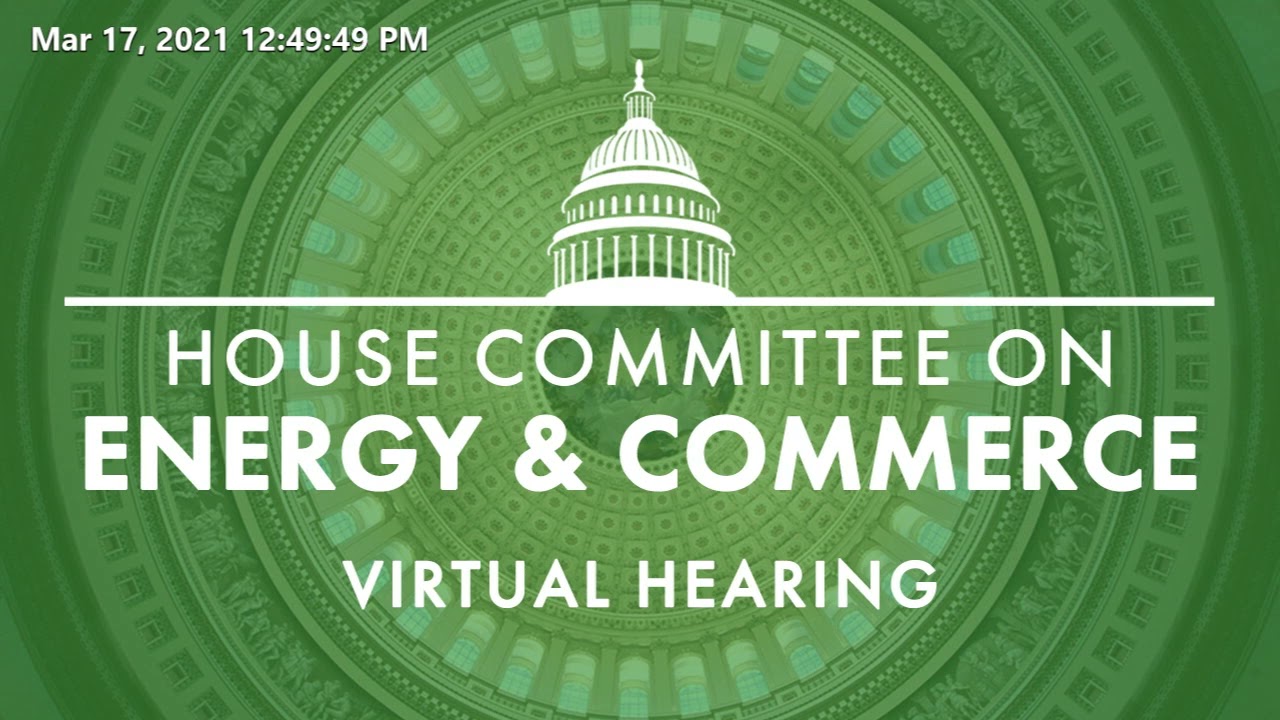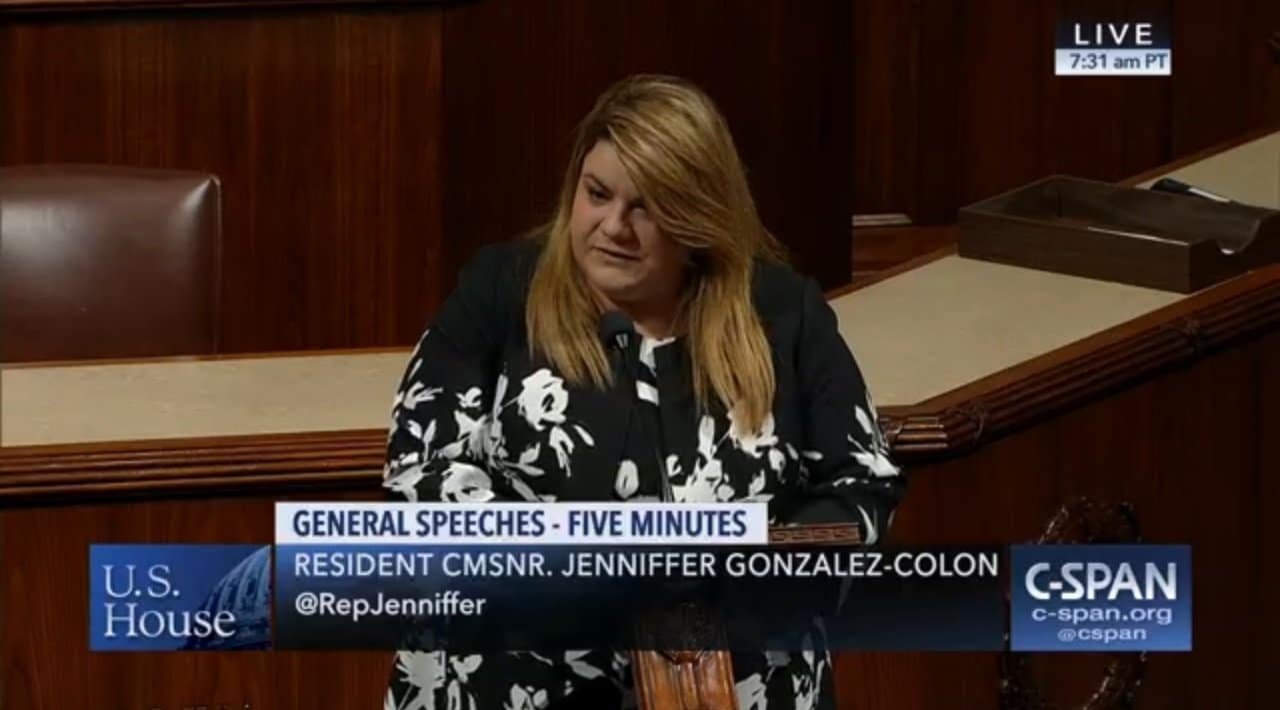Republicans have a healthcare math problem
After 7 years of frantic and often obsessive efforts to repeal Barack Obama’s signature legislation, the Patient Protection and Affordable Care Act (ACA or Obamacare), Republicans finally have their long awaited opportunity within reach. With both houses of Congress, the White House and nearly 2/3 of Governor’s mansions under party control, the Grand Old Party hasn’t been more well positioned to push their agenda forward in over a generation.
Yet, even in the face overwhelming legislative and executive power, it has become clear that Republicans are beginning to come to grips with the complex political and economic realities that have hamstrung prior efforts to reform America’s healthcare system. Republicans have a math problem.
The goals of lowering cost, expanding coverage, protecting the sick and ending entitlements or mandates are fundamentally at odds. In the words of Donald Trump, “Nobody knew health care could be so complicated.” But it is, indeed, and the ball is now squarely in their court.
It starts at the top.
The party finds itself dredged into their current precarious position because President Trump has repeatedly promised throughout the campaign and transition that his healthcare reform plan would not result in the loss of coverage for current insurance enrollees. The are caught between a populist rock and an ideological hard place.
“We’re going to have insurance for everybody. There was a philosophy in some circles that if you can’t pay for it, you don’t get it. That’s not going to happen with us.”
Donald Trump, January 15, 2017
Part and parcel of the central challenges confronting Republican legislators is that they are now being expected to craft a plan that would effectively keep the “good” parts of Obamacare without maintaining the more unpopular provisions which are fundamental to how the government funds subsidies and controls runaway medical cost inflation. But the “good” parts of Obamacare are antithetical to small government conservatism, and the “bad” parts of Obamacare serve to make the package workable.
The unpopular provisions include the individual mandate, the employer mandate, the “Cadillac tax” on generous employer sponsored plans, the medical devices tax, and a capital gains investment tax to higher income brackets. It is these unpopular provisions, however, that create the funding streams necessary to pay for the parts of the law that are universally admired on both sides of the isle.
The popular provisions include pre-existing condition coverage mandates, allowing children to stay on their parent’s plan until age 26, an end to lifetime limits on insurer payouts, medicaid eligibility expansion, subsidies for individual market plans and a baseline coverage requirement that all plans include 10 essential healthcare benefits (including preventative care).
While it may seems politically advantageous to eliminate these taxes, penalties and fees in any subsequent reform bill, the consequence of such an action are that any replacement bill which even partially subsidizes care to Obamacare enrollees creates an unfunded entitlement. At the same time, it would remove critical incentives that push young and healthy people into the insurance pools.
The fiscal and practical implications of such a proposal have resulted in a revolt among conservatives in the house and senate, who immediately labeled the proposed replacement bill as “Obamacare lite.” And they have a point.
“Dead on arrival”
The newly introduced American Health Care Act (AHCA), released for public review on Monday night, essentially concedes on the conservative principle that the government is not responsible for ensuring that American citizens are able to attain healthcare coverage. In effect, the proposal would: allow medicaid rolls to continue to grow in the states that accepted the expansion until 2020, create a new subsidy regime reliant on refundable non-means tested tax credits, and create a new system of penalties for those who fail to maintain continuous insurance coverage in a similar fashion as the individual mandate.
It’s precisely these compromises or equivalences that have resulted in zealous and immediate opposition from a number of powerful conservative institutions, including: the House Freedom Caucus, the Heritage Foundation, the Club for Growth, Americans for Prosperity, and Freedom Works. Most of these groups oppose the proposal from its right flank, arguing that it does not go far enough in removing government from the healthcare sector. It also provides red state conservatives, many of whom represent millions of Obamacare beneficiaries, a convenient politically advantageous posture to vote against a replacement that would lead to a loss of coverage for their constituents.
At the same time, a group of 4 moderate Republican Senators, including Rob Portman of Ohio and Shelley Moore Capito of West Virginia, immediately voiced their opposition surrounding the changes effecting Medicaid expansion. They fear that the per-capita caps on Medicaid spending will leave their respective states on the hook for the cost of expanded Medicaid rolls, eventually leading to scores of enrollees getting tossed off the safety net to balance budgets.
All of these defections are materializing in the face of uniform Democratic opposition. The prevailing dynamic is creating real uncertainty about the future passage of the bill in it’s current form. In order to pass, the party will need to whip up 215 House votes (there are 5 vacancies) and 51 votes in the Senate.
The current congressional partisan breakdown is as follows:
- 236 House Republicans
- 193 House Democrats
- 52 Senate Republicans
- 46 Senate Democrats
- 2 Independents, both caucus with Democrats
The Freedom Caucus represents just over 40 House Republicans. Five Republicans Senators have responded in opposition to the AHCA. All 193 House Democrats, 46 Senate Democrats as well as the 2 Independent Senators, have also conveyed their intention to vote against the bill. If these numbers hold through to the final bill iteration, it’s won’t pass.
The Obamacare Puzzle
To better understand why replacing Obamacare has become such a quagmire for the GOP, it’s important to appreciate how the popular and unpopular provisions function as a unit toward accomplishing the goal of ensuring more Americans attain healthcare coverage. By analyzing the interplay between the individual provisions, we will better comprehend why the solution to the ACA’s problems are not easily solved in isolation.
The individual and employer mandates are designed to ensure a level of balance within the insurance pools by shepherding younger and healthier individuals, who have traditionally foregone insurance, back into the marketplace. It accomplishes that end via a tax penalty imposed on individuals who remain uninsured.
The overarching goal in pushing young and healthy people into purchasing coverage is to control the skyrocketing cost of plans for people who are older, sicker or have pre-existing conditions. It also is intended to address the tendency of individuals to only purchase insurance after they have become sick – a phenomena that has been a conduit for rising cost for decades and is not sufficiently addressed in the AHCA. Without such a mandate, or a similar mechanism to penalize those who can afford coverage but choose to remain uninsured, the pre-existing condition mandate would be untenable at best and catastrophic at worst.
Similarly, provisions which allow young adults to stay on their parent’s plan until age 26 have the duel goals of further balancing the insurance pool while effectively allowing more people to maintain their coverage.
Because the individual mandate requires people to have insurance, it raises the question – what’s to be done for those who can’t afford insurance? To address those concerns, the ACA created a system of subsides for individuals while also expanding eligibility for Medicaid. The AHCA, on the other hand, phases out the Medicaid expansion and provides far less generous subsides to those purchasing individual plans.
Under Obamacare, Medicaid was expanded to those who earn up to 138% of the federal poverty limit. People earning up to 400% of the federal poverty limit also became eligible for tax credits to help pay the premiums of coverage. These credits and entitlement expansions are popular and expensive. They are primarily financed by the surcharge on investment income for high earners as well as with proceeds from the medical devices, health insurer and individual penalty tax levies. Removal of these taxes in lieu of repealing the subsidies and entitlement expansions would necessarily amount to a massive unfunded liability program.
The final critical components worth noting seem contradictory, but are actually intricately linked – ending lifetime limits on insurance payouts and providing a universal plan baseline that includes 10 essential health benefits. In the short term, both of these provisions drive up the cost of premiums and deductibles. Nevertheless, their intention was to address two major pervasive issues in the healthcare market prior to the ACA’s passage – healthcare related bankruptcy and the exponential growth in cost related to treating preventable chronic illness.
According to the Center for Disease Control and Prevention, 86% of all US healthcare spending went toward treating patients with one or more chronic illness. Over 50% of that cost went toward treating preventable chronic illnesses like type II diabetes, obesity, heart disease, and sorosis.
The baseline coverage mandate was imposed to tackle the growing prevalence of these illnesses – many of which can be mitigated via regular healthcare checkups, screenings and lifestyle adjustments in consultation with a physician. Prior to the passage of the ACA, many catastrophic insurance plans did not provide coverage for check ups and screenings, leading many plan owners to rely exclusively on emergency rooms for care after an expensive and preventable health crisis. That reality drove cost up for those with more comprehensive plans and strained hospital emergency rooms to their breaking point.
Because millions of Americans had forgone basic medical care to save on premium cost, demand for expensive procedures grew unchecked for decades. The increase in demand served as a catalyst for increasing medical procedure pricing, as demand far exceeded supply. The ascending cost forced health insurers to limit catastrophic coverage payouts and create lifetime limits on payouts.
This cascading cost spiral ultimately resulted in an American healthcare system that spends more per-capita on care than any other nation on earth, yet couldn’t achieve comparably positive healthcare outcomes. Medical related bankruptcy exploded, eventually becoming the number one cause of bankruptcy in the United States. It was precisely these conditions that precipitated Obama’s election, which was largely built on a promise to comprehensively reform how healthcare operated in the United States.
The provision of the ACA that restricts lifetime payouts for insurance enrollees is aimed at addressing the lifetime limits issue specifically; but without the individual mandate and baseline preventative care coverage requirements, it would put most health insurers out of business.
It’s these complex interdependencies among the various ACA provisions that make repealing the law such a difficult proposition. If you are in the position of promising to repeal and replace Obamacare but don’t intend on accepting a result that leaves millions of people without coverage, your in quite a pickle.
The Congressional Budget Office has yet to score the proposal put forth by Paul Ryan and the House Republicans, but it is expected to yield a solution that saves little to no money for the federal government while providing coverage to far fewer people. Whether the party will be willing to stomach such a plan remains to be seen, but one thing is undoubtably clear even now – the GOP will have to rely on magical math to sell the proposition to the American people.
photo credit: kennethkonica Wake up Americans, #Trump wants $54 Billion dollars for DEFENSE SPENDING! via photopin (license)














Trackbacks/Pingbacks